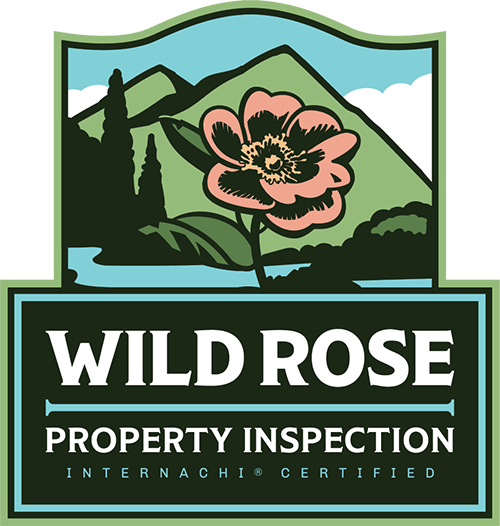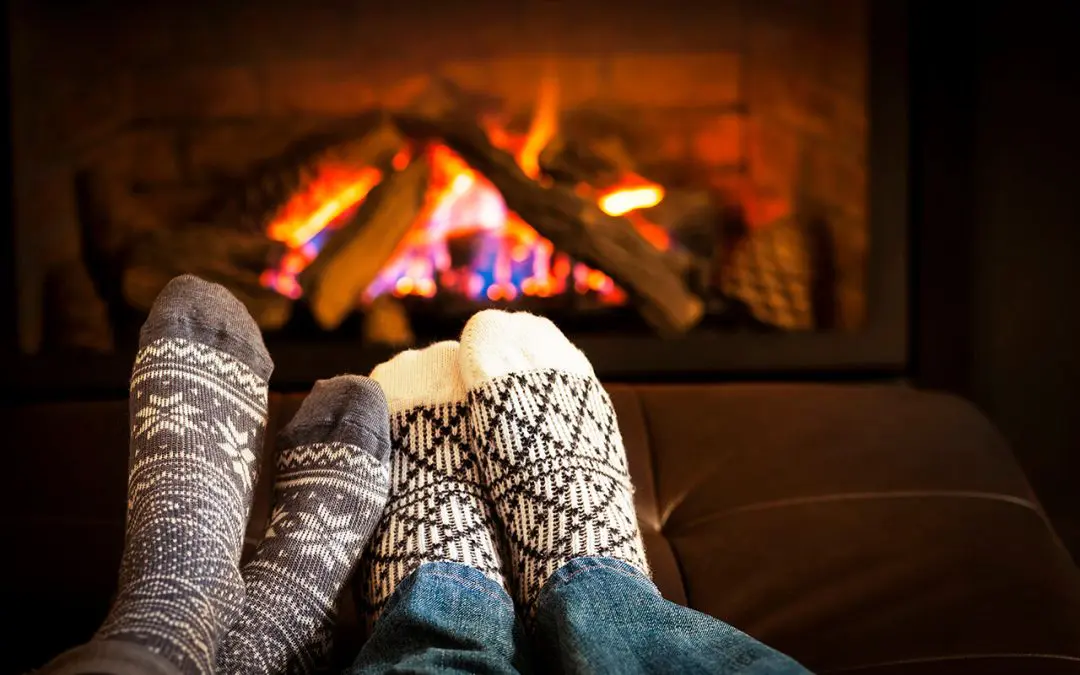When you light that first fire of the winter season, there’s something magical about it. The smell of burning wood, the crackling and popping sounds, a relaxing ambiance—it’s no wonder why so many of us love a good fireplace. Unfortunately, as enchanting as they can be, they also require significant safety measures to keep your family out of harm’s way. Check out these fireplace safety tips to keep your home warm and safe all winter.
1. Keep Your Fireplace Clean for Fireplace Safety
A dirty chimney is a recipe for disaster. Make sure you always have your chimney professionally inspected and cleaned every year before lighting your first fire of the season. This will help prevent a dangerous buildup of soot, creosote, and other debris that can easily ignite and cause a chimney fire.
2. Never Use Flammable Liquids
Using gasoline or other flammable liquid to start a fire is a bad idea. These liquids increase the risk of an explosion, but their fumes are also highly toxic and can cause serious health issues if inhaled.
3. Keep Flammable Materials Away from the Fireplace
Keep any furniture, rugs, curtains, or other flammable objects at least three feet away from the fireplace. Sparks can easily fly out and ignite nearby objects even if your fire is small and contained.
4. Install a Heat-Resistant Screen for Fireplace Safety
A heat-resistant screen or door will help protect you and your family from flying sparks or hot embers that may escape the firebox. Make sure the door you choose is UL-listed and properly fits the opening of your fireplace to protect against heat loss.
5. Assess Your Fireplace’s Draft
Before lighting a fire, check your fireplace for a proper draft by holding a lit candle near the chimney flue. You should feel a slight air suction if there is a good draft. If the candle flickers and goes out, this indicates inadequate ventilation, and your fire won’t burn properly.
6. Use Seasoned Firewood
Seasoned firewood is essential for a safe fire. It will not produce as much smoke and can be easily ignited. Freshly cut wood, on the other hand, contains more moisture which translates to more smoke when burned. This smoke will cause extra creosote buildup in the chimney, increasing fire risk.
7. Don’t Overload Your Fireplace
It’s tempting to load up the firebox with wood to build a large fire. But doing this will not only lead to an inefficient burning process, but it can also cause excessive smoke and heat in the fireplace that may pose a safety hazard. Instead, add one log at a time and ensure there is still plenty of airflow around it.
8. Never Leave the Fire Unattended
Never leave a fire unattended, and thoroughly extinguish it before you go to bed or step out of your home. It only takes minutes for a small, contained fire to get out of control if not properly monitored.
9. Have a Fire Extinguisher on Hand
Having a fire extinguisher nearby is always a good idea in an emergency. Keep an ABC-rated dry chemical fire extinguisher within reach of your fireplace to help quickly prevent accidental fires.
10. Smoke and Carbon Monoxide Detectors are Crucial for Fireplace Safety
Last but not least, install smoke and carbon monoxide detectors in your home. Smoke detectors should be placed on every level of the house and outside each bedroom. Carbon monoxide detectors should also be installed near fuel-burning appliances, including your fireplace.
By following these safety tips, you can enjoy a warm and cozy fire all winter long without worrying about the potential risks. Stay safe, and enjoy your fireplace this season!
Wild Rose Property Inspection offers inspections to homebuyers and sellers in the Alberta area. Contact us to request our service.

